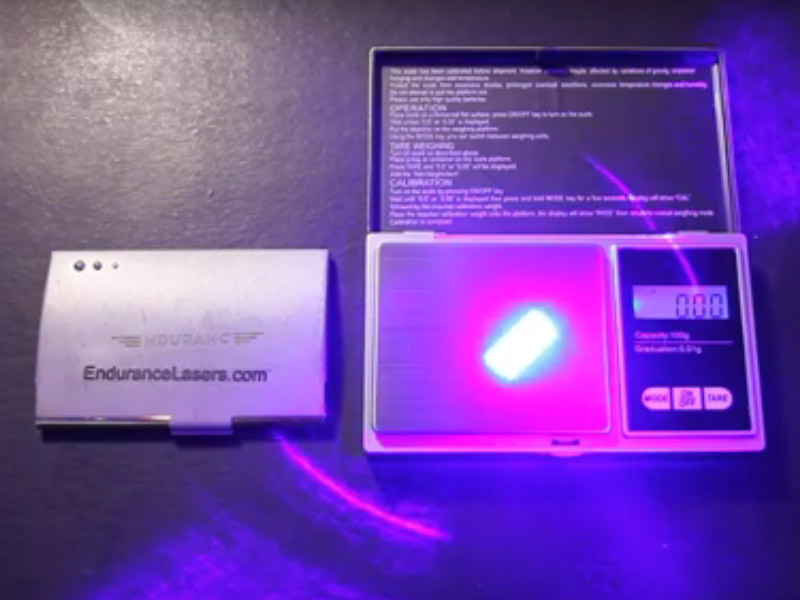In this experiment, we want to see if 10 watt laser can create significant pressure?!
The history of the question.
Back in 2016 when Stephen Hawking and Yuri Milner announced that they would make a launch of a $100m star voyage
I doubted that it was possible. Project to aim for sending a featherweight robotic spacecraft to the nearest star at one-fifth of the speed of light

Today is 2020, and we have no updates concerning that project. Stephen William Hawking died in 2018 and maybe that is the reason why the project did not take off.
The original article was published in Guardian >>>
It was said that:
“A 100 billion-watt laser-powered light beam would accelerate a “nanocraft” – something weighing little more than a sheet of paper and driven by a sail not much bigger than a child’s kite, fashioned from fabric only a few hundred atoms in thickness – to the three nearest stars at 60,000km a second.”
Well, they state that 100B watt LASER WOULD ACCELERATE a “Nanocraft”.
Is it realistic?
100B watt is = 100 000 000 000 watt, which is a very unrealistic power at the moment.
Even if it is the impulse of let’s say 1000 watt with 1 MHz frequency… that is not what we have at the moment.
but look at what happens when 60 kW hits the metal. It simply vaporizes it.
approx 60 kW impulse the one we have DPSS with 10 watt average and pulse width of 7-10 ns and frequency o 25-30 kHz.
So any high impulse hitting material will just vaporize any material and any CW will just heat it up…
We will make some calculations showing the efficiency of light (laser beam) as an accelerator.
An Endurance Brand New DPSS Laser Module For Metal Marking & Metal Cutting!
So, we do not think that any type of laser acceleration can be efficient at all.
Solar wind and solar light might be if you are close enough to the Sun but shooting with a 100B watt laser into a “nanocraft” looks like nonsense!


